Many people don’t know much about geckos except for their legs that can stick to the wall and their image that became famous in insurance advertisements.

However, this group of reptiles, which includes more than 1,100 species of lizards, hides amazing secrets. From sticking to ceilings and flying through the woods to changing body colors and making calls, the world of geckos is far more exciting than you think.
1. Geckos can stick to almost all surfaces except Teflon
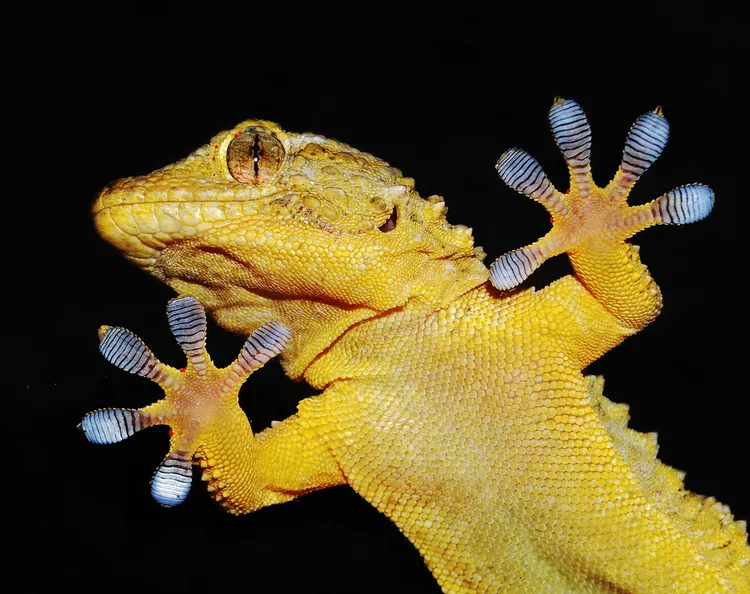
The most representative ability of geckos is that they can easily crawl on smooth surfaces such as glass or vertical walls. The only surface they can't stick to is dry Teflon (a common coating for non-stick pans), but if there's moisture on the Teflon, they can still "hang" on!
Geckos don't stick to objects by "stickiness", but by the densely packed nano-scale hairs on each toe - called "setae" (setae). A gecko has about 6.5 million setae, which can withstand the pulling force of two adults!
This powerful "hanging force" has become the inspiration for bionic technology research, from medical bandages to smart tires, trying to replicate the structure of geckos' toes.
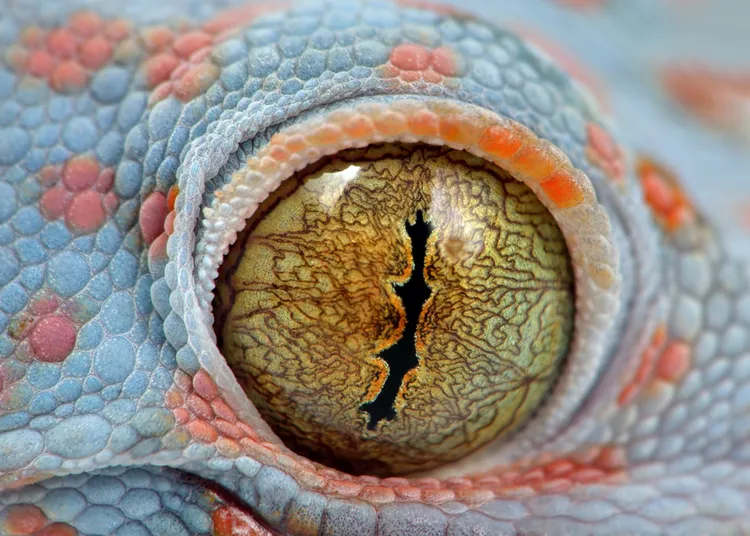
Most geckos are nocturnal animals with extremely strong night vision. A study of helmet geckos found that they can still distinguish colors in a dim environment with only moonlight - when humans are completely color blind.
The study also showed that the sensitivity of geckos' eyes to light is 350 times that of human cones. This is due to their huge cones and unique eye structure, which enable them to see the colorful world even in dim light.
3. Geckos can not only call, but also "bark"
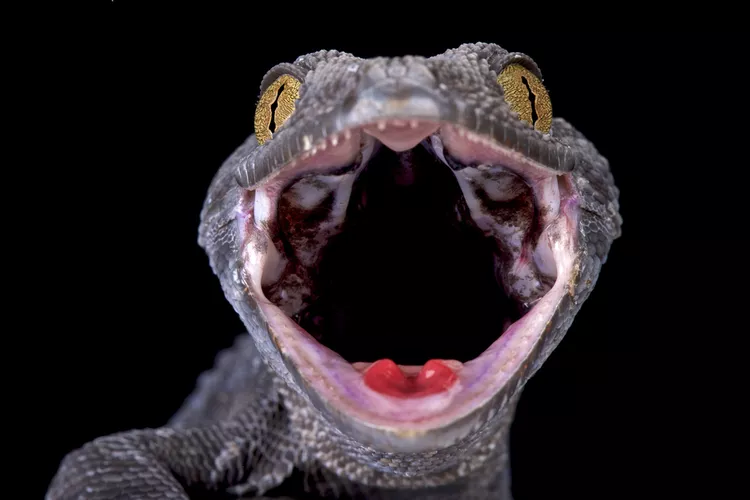
Unlike most reptiles, geckos can communicate by making sounds, including squeaks, clicks and even "barks".
These sounds may be to warn other geckos not to approach their territory, avoid conflicts, or attract mates. If you hear strange "chirp" sounds in your house at night, it may be a gecko saying hello.
4. Some geckos have no legs and look like snakes
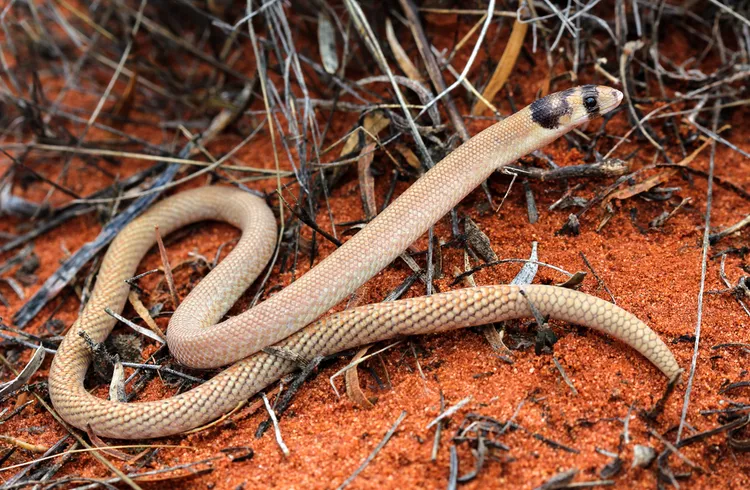
You may not know that the gecko family also includes some strange "legless" members. For example, in the Pygopodidae family in Australia and New Guinea, there are more than 35 species of geckos called "legless lizards" or "snake-like lizards". They have lost their forelimbs and only retain the remnants of their hind limbs like small skin flaps.
Although they look like snakes, they still belong to the gecko family and can emit high-frequency sound waves, and their hearing is far superior to other reptiles.
5. Most geckos can break off their tails to protect themselves and regenerate new ones
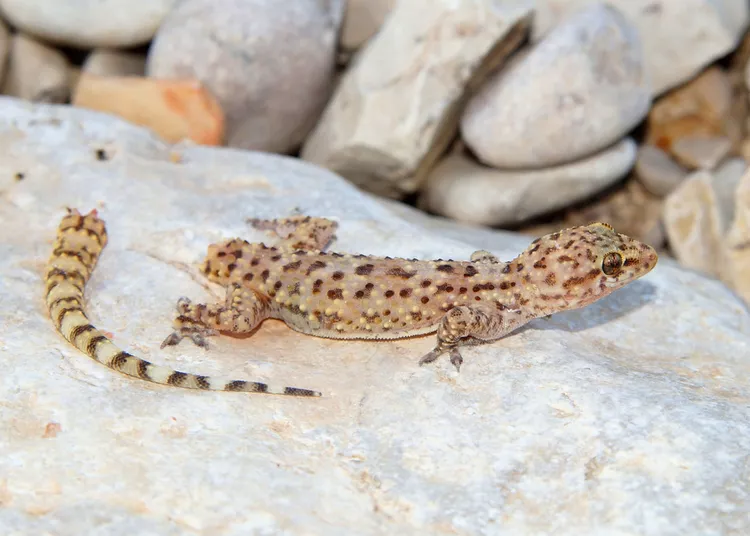
When faced with a threat, a gecko will actively break off its tail to attract the enemy's attention and allow itself to escape. This tail-breaking mechanism is very clever, and the tail will naturally separate at the "preset" breaking point, with minimal impact on the body.
The broken tail will even twitch a few times to disturb the predator. Afterwards, the gecko can regenerate its tail, but the new tail is usually shorter, blunter, and slightly different in color. A few species, such as the Crested Gecko, cannot regenerate their tails after breaking off.
6. The gecko's tail is an "energy reserve"

The gecko's tail is not only used for escape, but also for storing fat and nutrients. For many species, a plump tail means that it has good nutrition recently; while a shriveled tail may mean illness or malnutrition.
Therefore, to judge whether a gecko is healthy, just look at its tail.
7. Geckos have an amazing lifespan, which can live for more than 20 years
In the wild, the lifespan of an ordinary gecko is about 5 years. In a pet environment, the lifespan can be greatly extended.
Species such as leopard geckos can usually live 15 to 20 years in captivity, and the longest-lived individual on record is even 27 years old!
8. Most geckos do not have eyelids and use their tongues to "lick their eyes" to clean them

Most geckos do not have eyelids and cannot blink. In order to keep their eyes moist and clean, they use their tongues to "lick their eyes". In fact, they lick the transparent membrane covering the eyeball.
Although this habit may seem a bit strange, it is very practical for geckos.
9. Geckos can also change color to disguise themselves
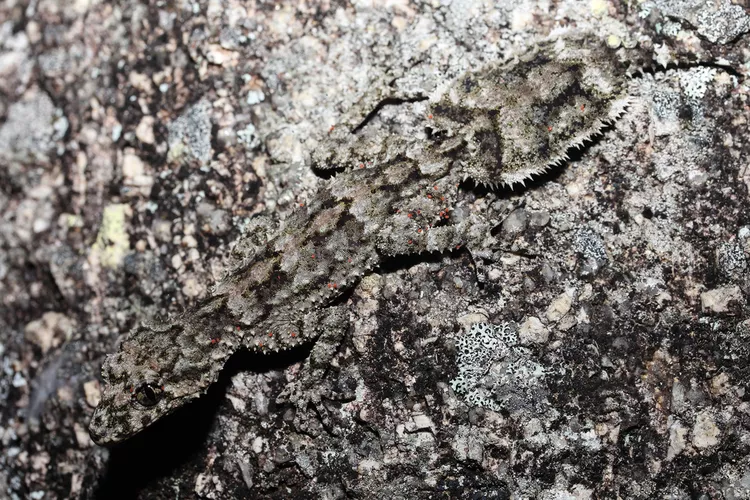
In addition to chameleons, geckos can also change their body color, and some can even "automatically camouflage" without seeing the surrounding environment.
Studies have found that, for example, the Moorish Gecko does not perceive the environment through vision, but relies on the "opsin" in the skin to sense light to determine the color change method. Some species even have the appearance of natural textures such as lichens, mosses, and rocks, which perfectly hide themselves.
10. "Devil Leaf-Tailed Gecko": The Strongest "Dead Leaf Camouflage" on the Surface
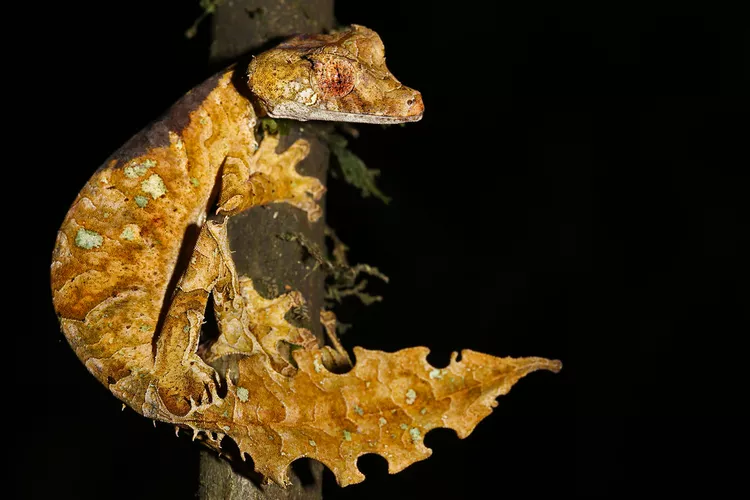
The "Devil Leaf-Tailed Gecko" unique to Madagascar is a peculiar species, and its appearance is almost the same as fallen leaves. The skin seems to have leaf veins and insect bites, and even the color and shape are highly similar.
They will hang on the end of the branches like dead leaves to enhance the camouflage effect. This magical mimicry ability makes it almost harder than climbing to the sky to find them.
11. Some geckos can "fly over eaves and walls"
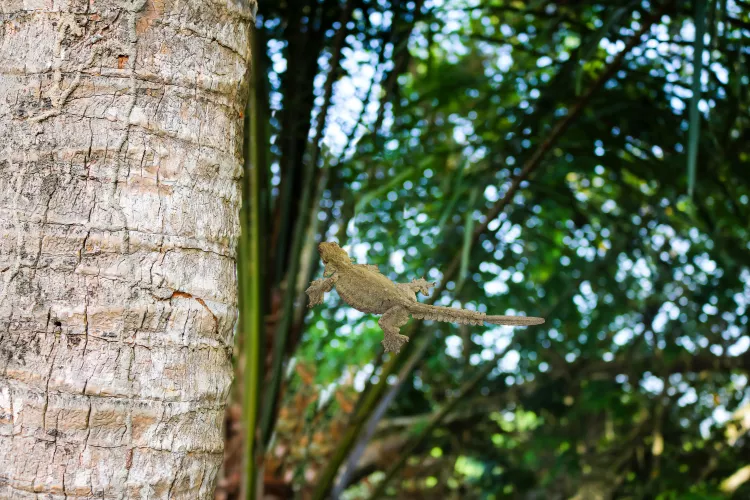
Although Southeast Asia's "flying geckos" or "umbrella geckos" cannot actually fly, they rely on the membranes between their limbs and flat tails to glide freely between trees.
These geckos can glide 60 meters at a time, and their body length is only about 15 to 20 cm. Although they are a bit timid, they are quite popular in the pet market.
12. The smallest gecko is less than 2 cm long
Although some geckos can glide several meters away, some are so small that they can only hide on fingernails. For example, the "Jaragua Sphaero" and "Parthenopion's Dwarf Gecko" are less than 1.6 cm long and are one of the smallest reptiles in the world.
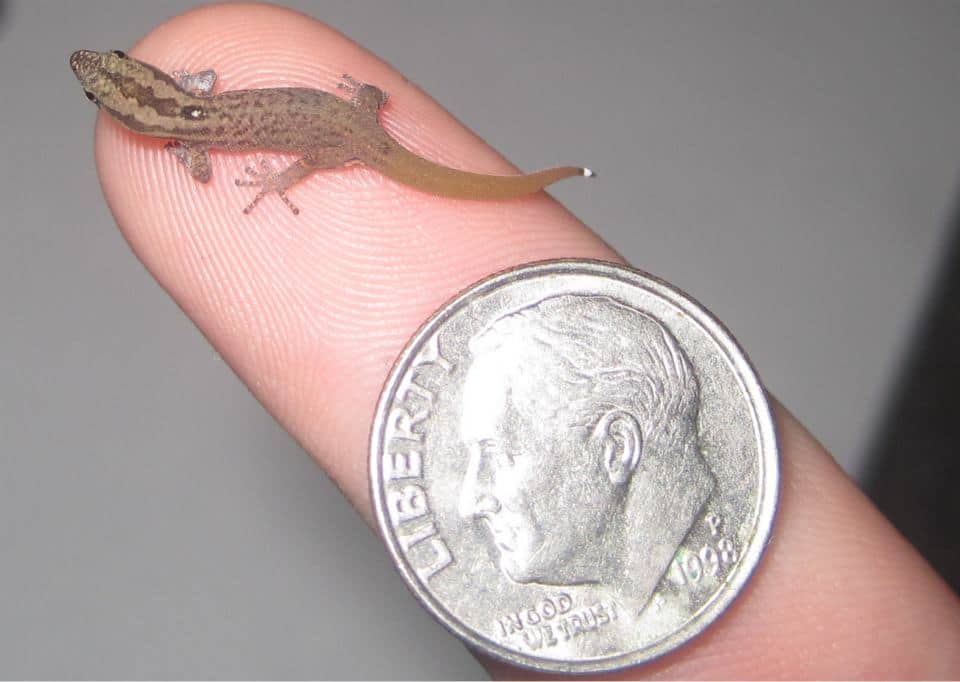
These micro geckos are currently only found in Jaragua National Park and Beata Island in the Dominican Republic. They are rare species with great research value.
If you think that geckos are just "insect catching helpers" in the corners of your home, you may be wrong. Every member of this family hides amazing adaptability and evolutionary miracles, which are amazing.
animal tags: gecko
We created this article in conjunction with AI technology, then made sure it was fact-checked and edited by a Animals Top editor.